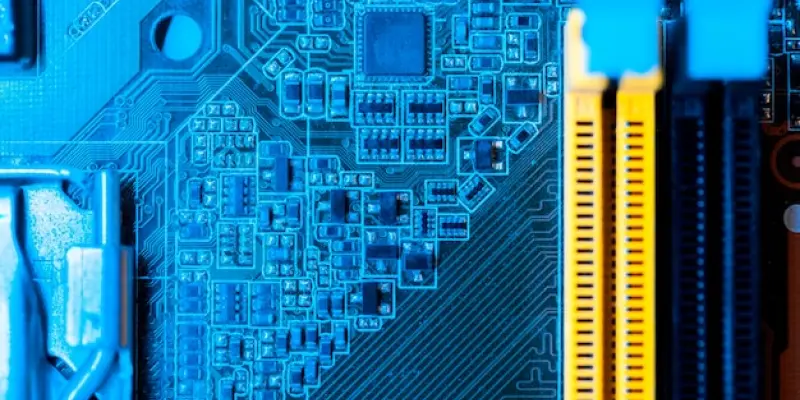In recent years, consumers interested in building or upgrading their PCs have encountered a worrying trend: a consistent rise in motherboard prices. This upward trajectory marks yet another setback for many who have struggled with increasing costs post-pandemic. The technology sector, particularly major vendors like ASUS, MSI, and Gigabyte, is facing challenges as they manage the delicate balance between keeping prices competitive and addressing escalating production costs. Since 2021, motherboard prices for both Intel and AMD have seen significant hikes. Intel’s models have spiked by 40%, while AMD’s motherboards have shown a 35% increase. Such price surges are attributed to several complex factors, including global trade tensions and the integration of advanced technology features. Furthermore, additional pressures stem from changing tariff strategies, production factors, and the potential expiration of tariff exemptions by the U.S. government, which could bring more uncertainty to the market.
Factors Contributing to Price Increases
Motherboard price hikes are driven by a web of factors. First, there’s the surging cost of key materials like higher-grade copper, which is crucial for top-tier motherboard performance. Then, escalating labor costs mean manufacturers must invest more to uphold quality and production standards. Incorporating the latest tech, including PCIe 5.0 and USB4.0, further inflates costs, increasing prices. While it’s unclear if these hikes will affect older models, consumers need to be aware. This trend particularly impacts budget-conscious PC builders, compounding financial challenges in an already complicated buying landscape. Although leading motherboard makers like AMD and Intel haven’t formally announced further price increases, such moves can happen quietly. As the market grapples with these issues, consumers should remain vigilant about price fluctuations. The spotlight on AMD’s AM5 and Intel’s LGA 1851 is notable, though Intel’s LGA 1700 still dominates. Buyers must strategize purchases with rising manufacturing costs in mind. Understanding economic pressures aids in making informed choices, emphasizing that adaptability is crucial in responding to this volatile environment.

